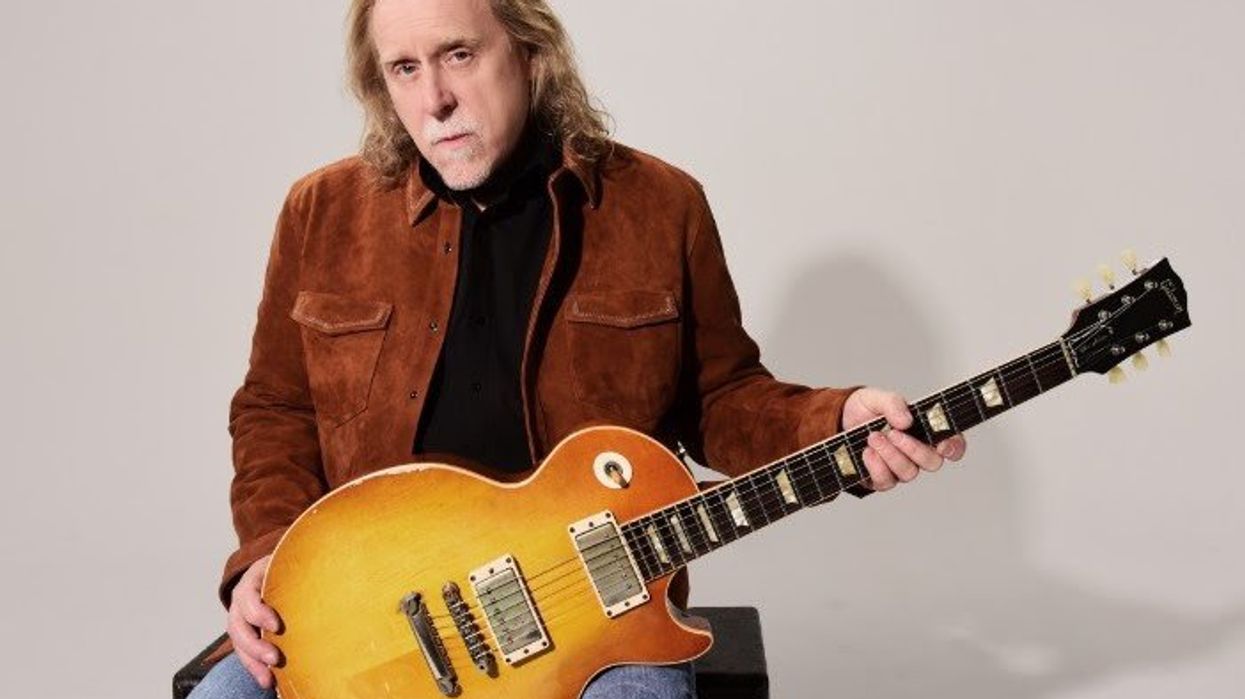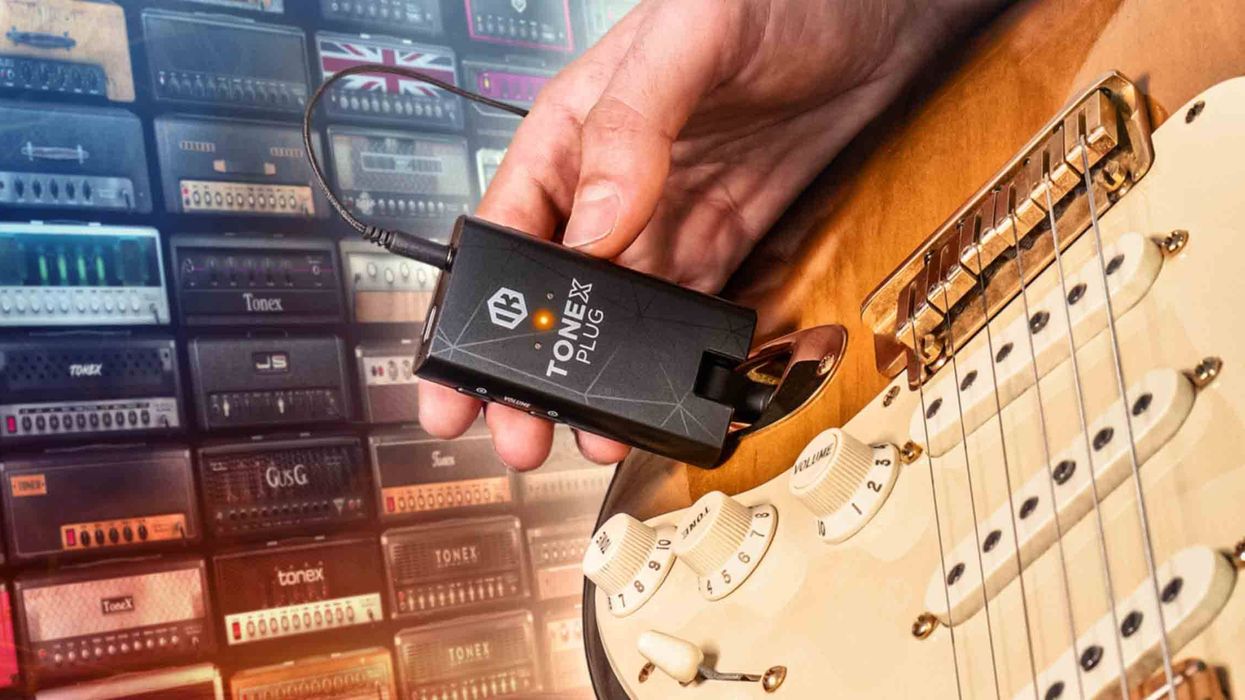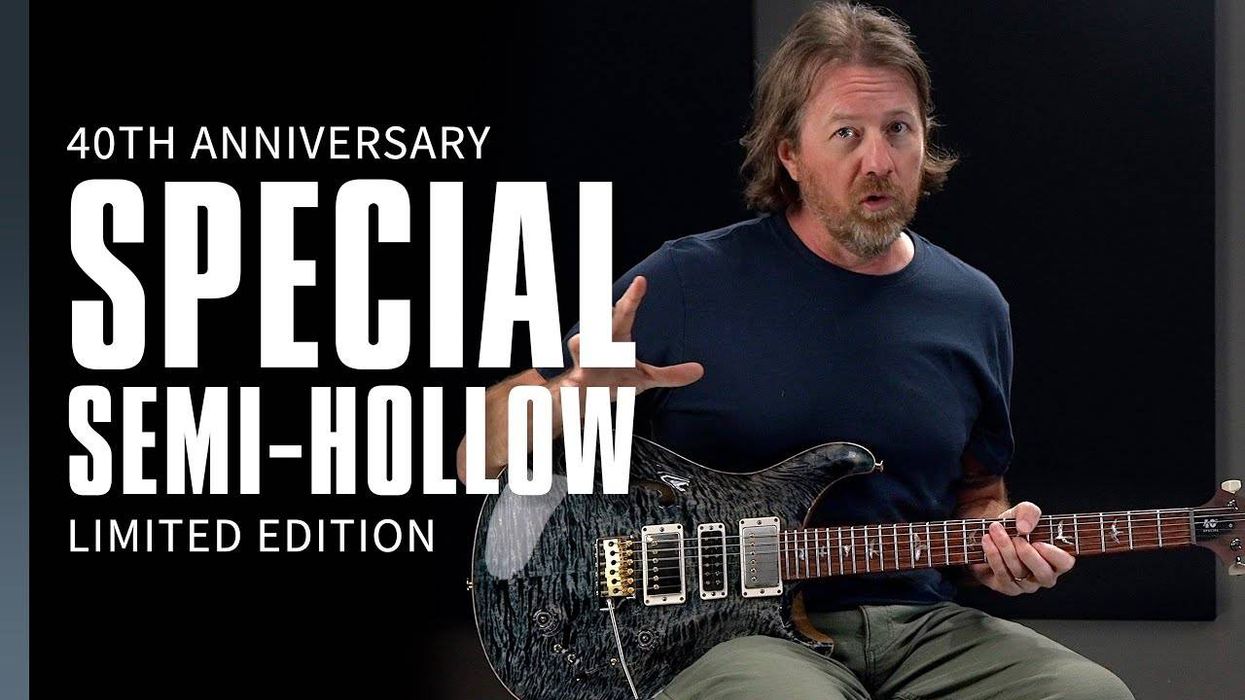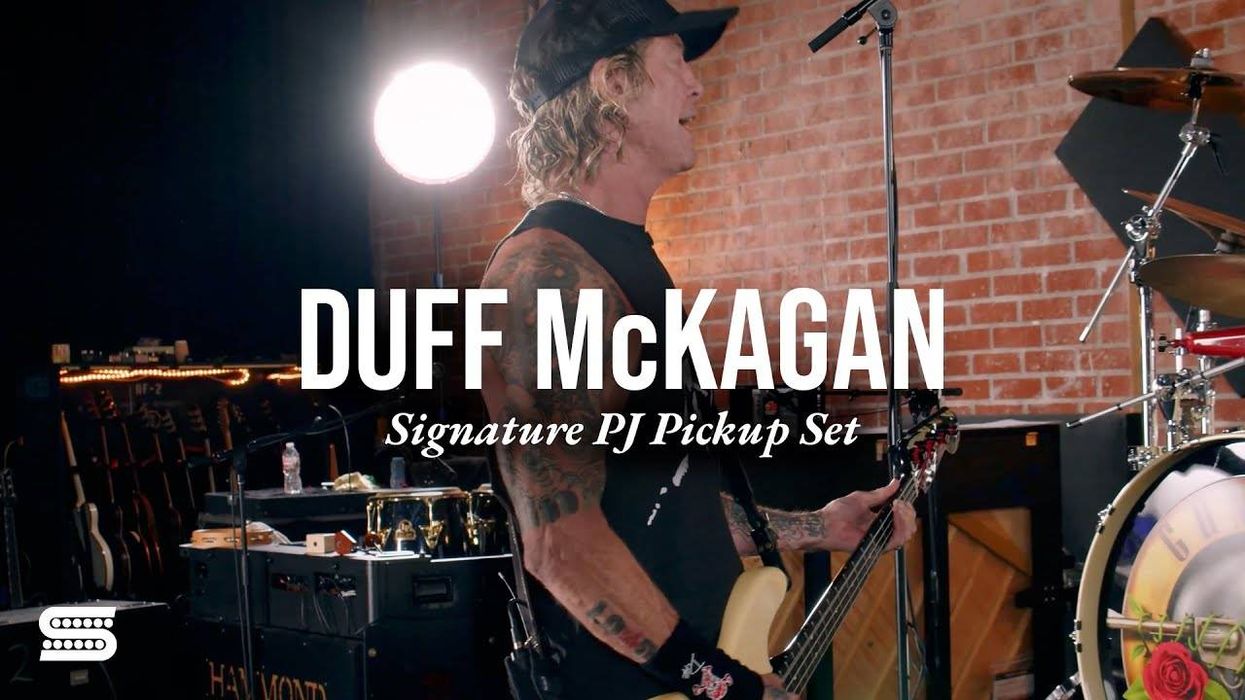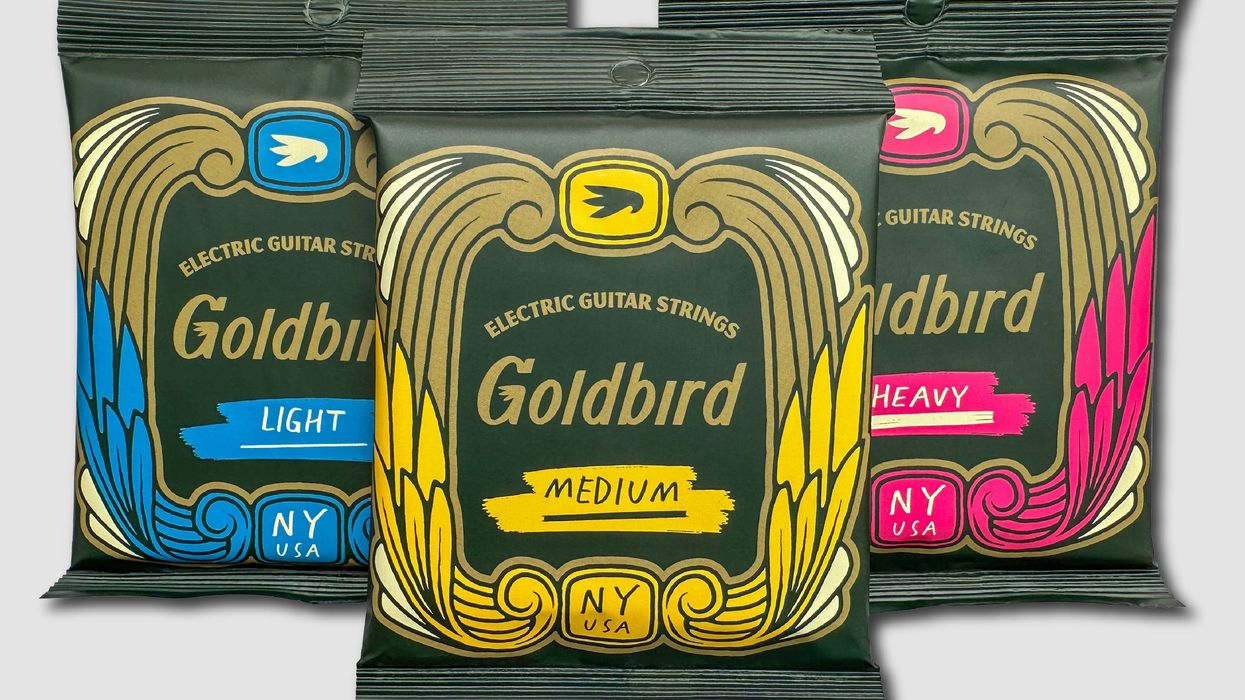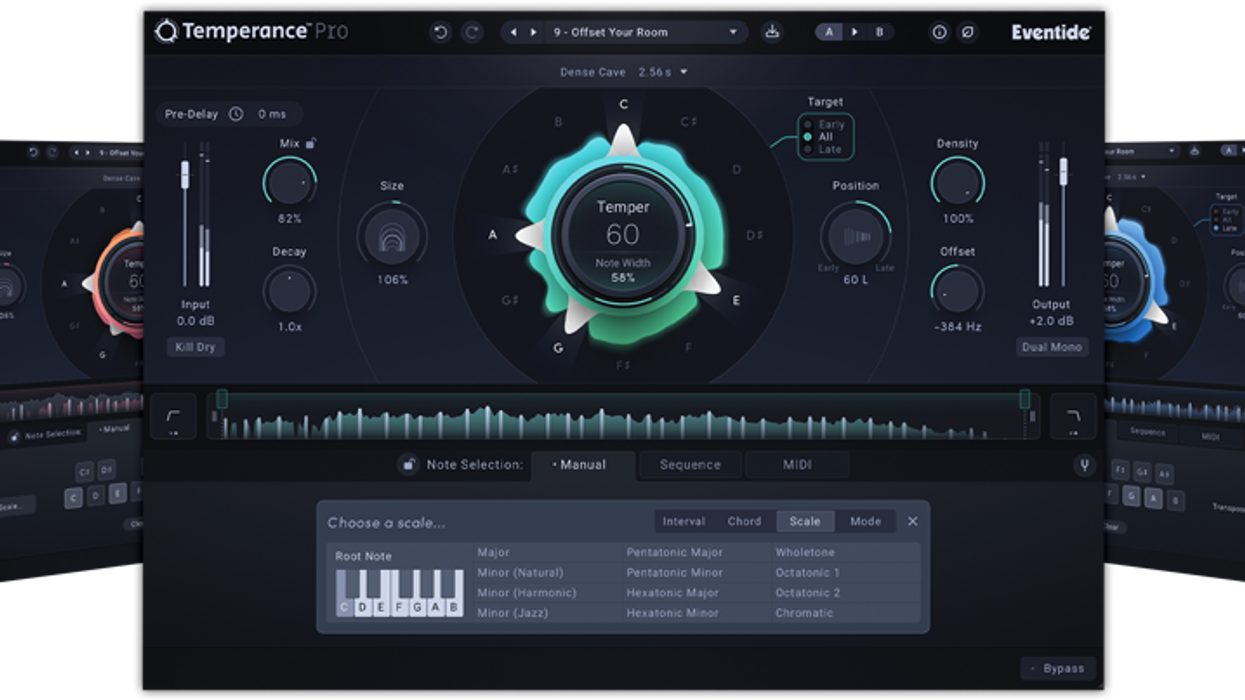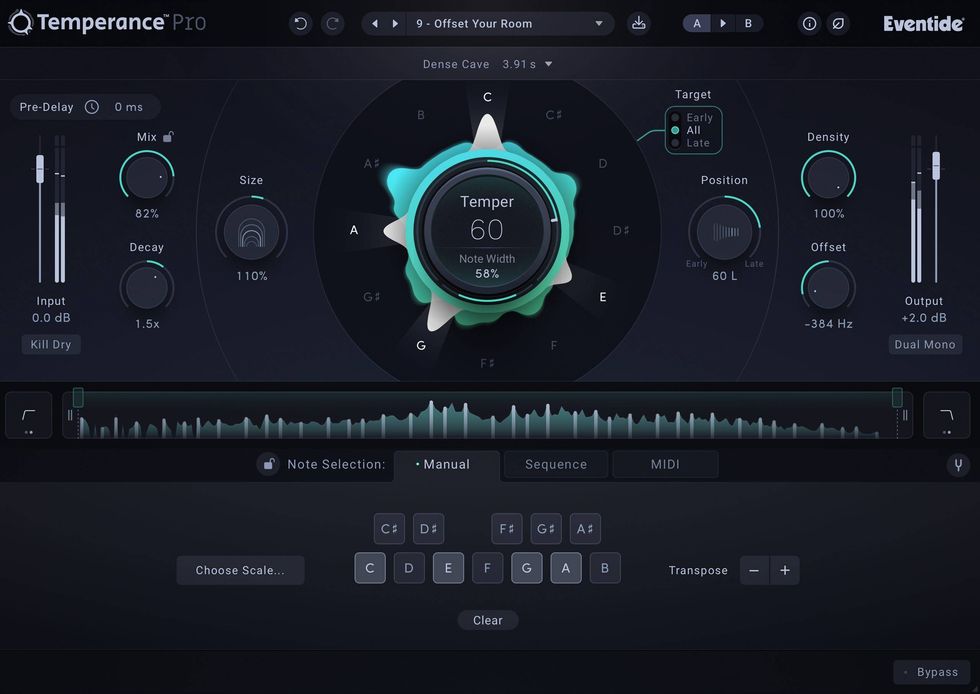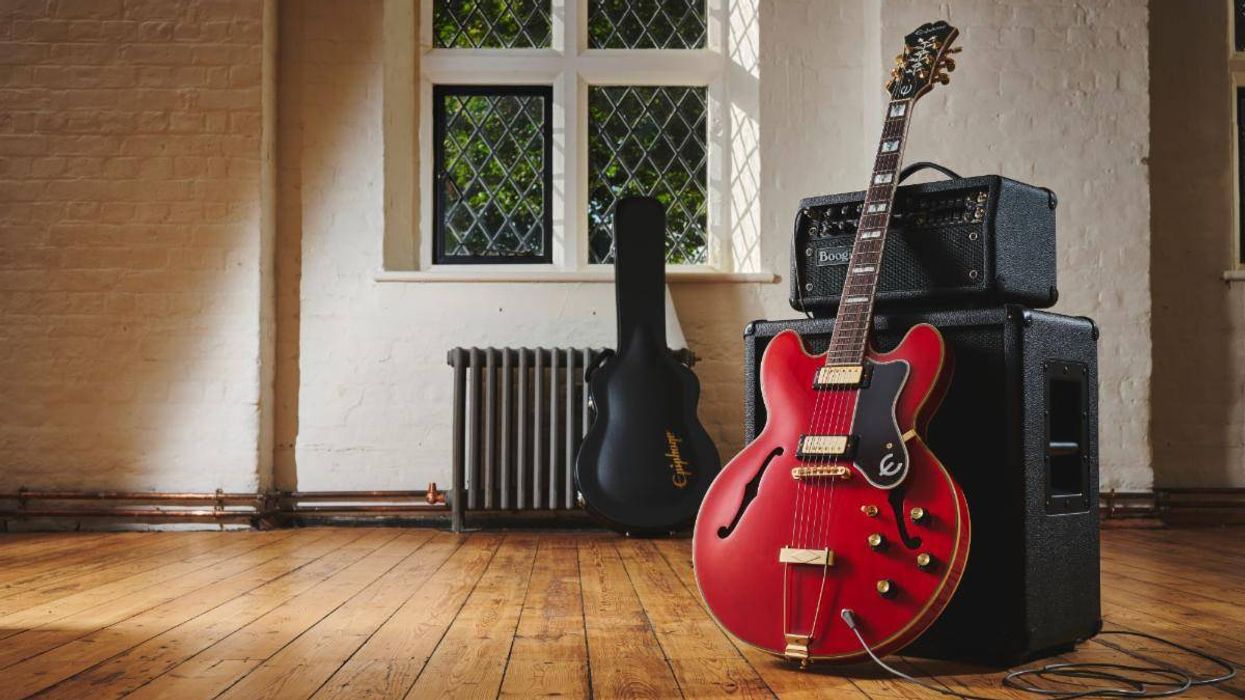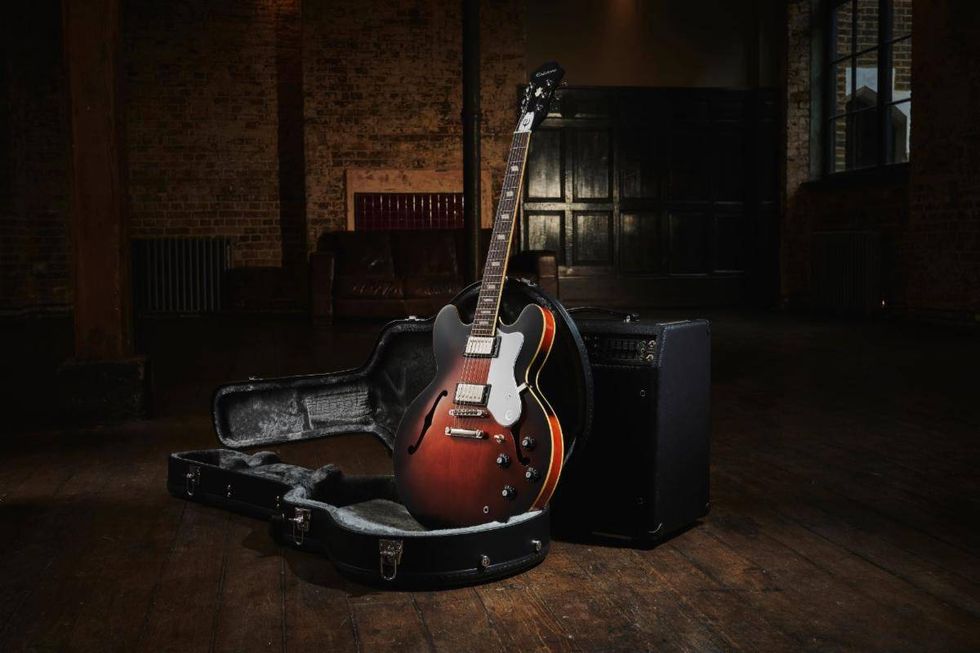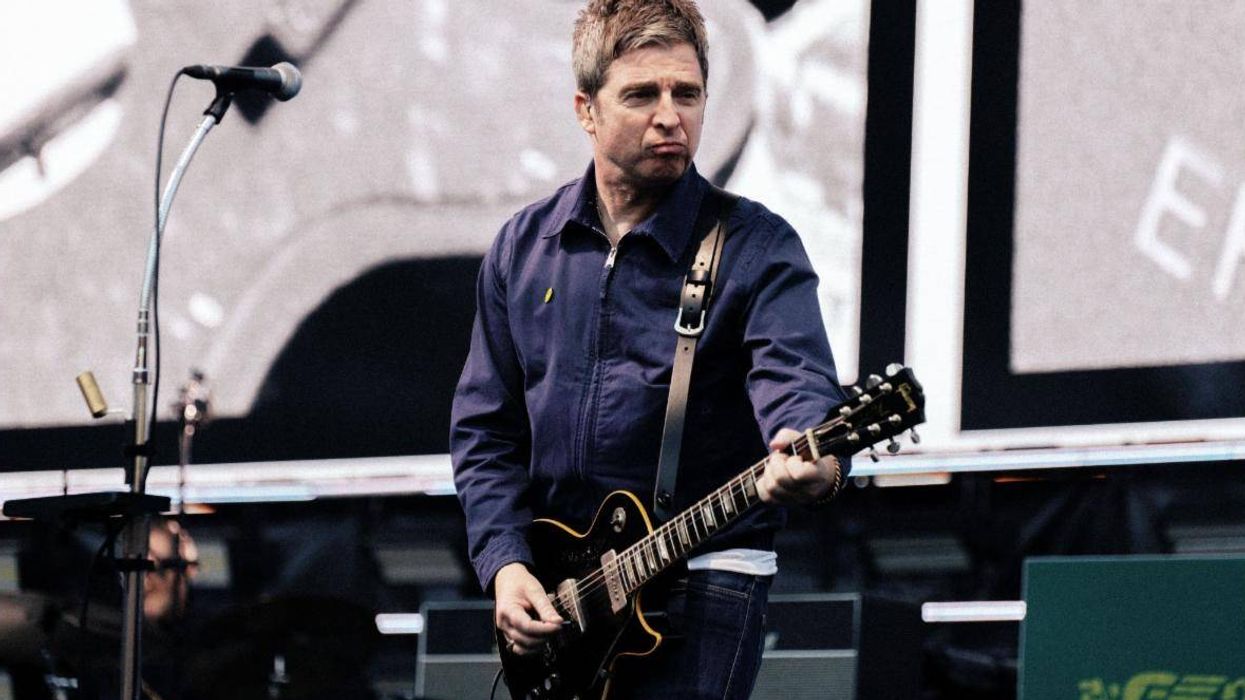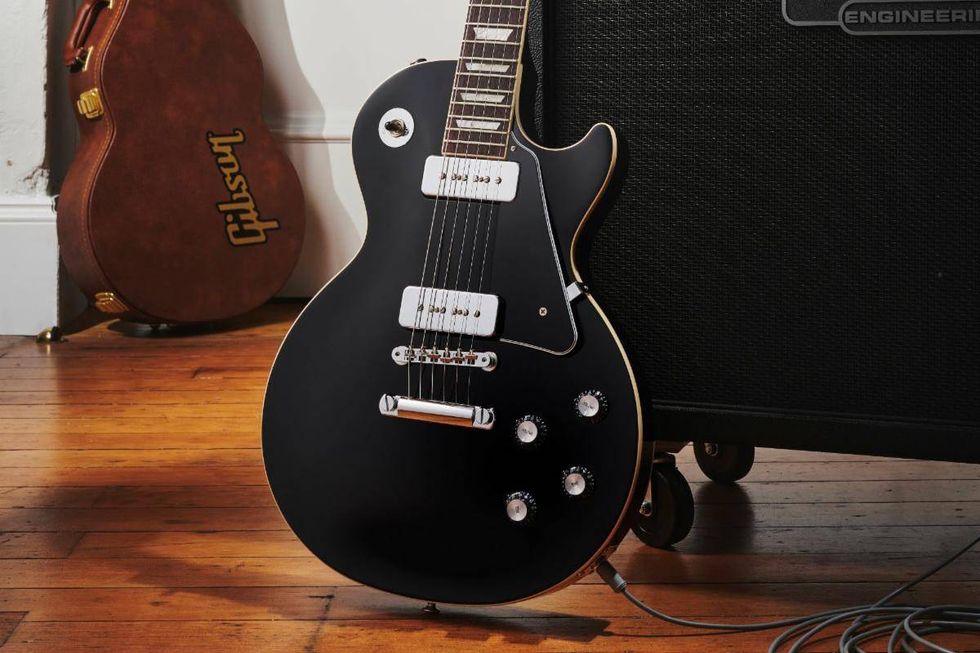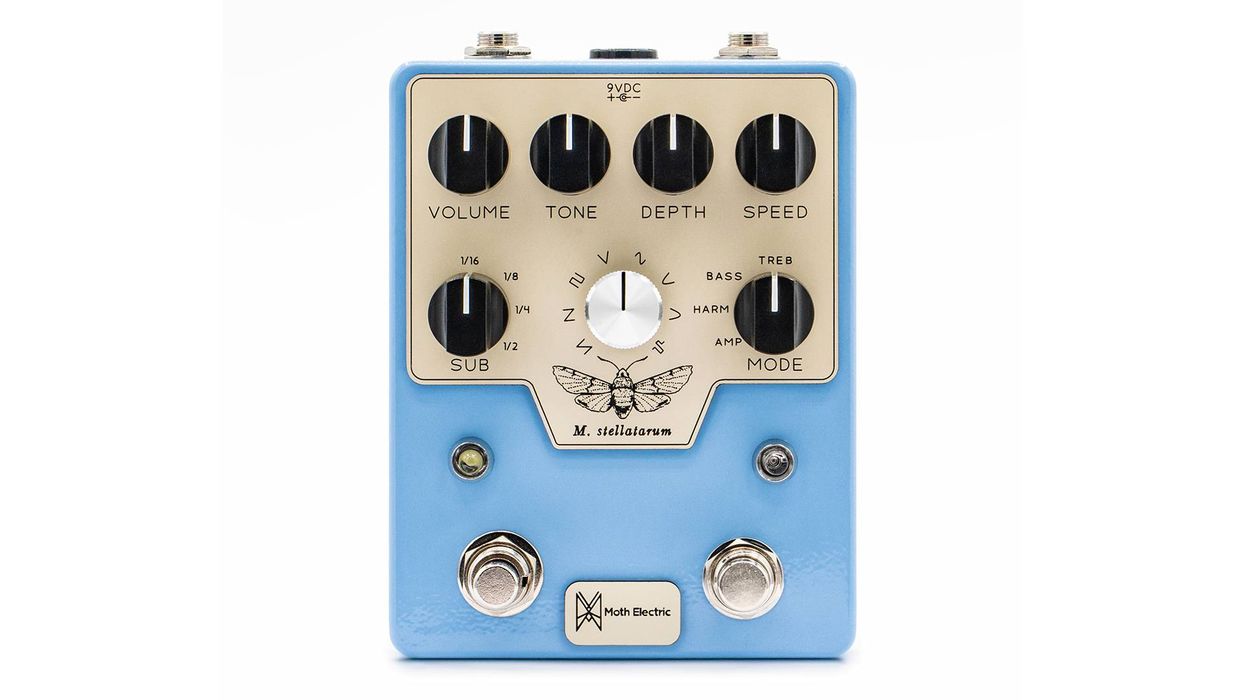Warren Haynes has unveiled the Million Voices Whisper 2025 Tour in support of his new solo album.
The 9-date run will launch February 7th in Knoxville, and the Warren Haynes Band will travel throughout the Midwest and Northeast, stopping in such cities as Huntsville, Toledo, Des Moines, and Burlington before wrapping February 22nd in Buffalo. See below for all dates and details.
Fan Club presale tickets will be available starting Wednesday, November 20th at 10am local time with local presales beginning Thursday, November 21st at 10am local time and the general on sale commencing Friday, November 22nd at 10am local time. $1 from every ticket sold for the winter tour will be donated to assist with hurricane relief.
A limited number of specially curated fan packages will also be available for the Million Voices Whisper 2025 Tour. Packages include one Ultimate Guitar Player Package per show, featuring a Les Paul Standard 60s Plain Top guitar in Sparkling Burgundy to be played and signed by Warren, meet & greet with a photo with Warren, soundcheck access, premium reserved seats, and more, and the Guitar Player Package, which includes an autographed Gibson Les Paul Standard Pickguard, a set of custom Warren Haynes guitar picks in collector box, a Dunlop guitar slide, and set of GHS strings (items as used by Warren), plus soundcheck, priority access, and more.
Visit www.warrenhaynes.net for all ticketing and VIP information and to purchase.
Performing alongside Haynes (vocals, guitar) will be the current, all-star lineup of the Warren Haynes Band: longtime drummer Terence Higgins (of the Dirty Dozen Brass Band), Gov’t Mule bassist Kevin Scott, Matt Slocum on keys, and Greg Osby on sax.
Just released November 1st via Fantasy Records, Million Voices Whisper – Warren’s first solo album in almost a decade and fourth solo collection in his esteemed career catalog – debuted at #1 on Billboard’s Blues Albums Chart and also entered the Americana/Folk Albums chart at #3, Current Rock Albums chart at #5, and Top Current Albums Sales chart at #29. Already hailed as his best album yet, the 11-song collection of soulful blues-rock, produced by Haynes and recorded at Power Station New England, includes the singles “This Life As We Know It” and “Day of Reckoning” featuring Lukas Nelson and Jamey Johnson as well as guest appearances from Warren’s Allman Brothers Band bandmate and longtime friend Derek Trucks on multiple tracks including “Real Real Love,” a song whose lyrics were initially started by Gregg Allman that Haynes finished to honor his friend. Million Voices Whisper is available digitally and on CD, 2-LP vinyl set, and a deluxe CD version with four bonus songs.
This Sunday, November 24th, Haynes, a native of Asheville, and Dave Matthews Band will host “SOULSHINE,” a benefit concert to aid relief and recovery efforts in Western North Carolina and Florida in the wake of Hurricanes Helene and Milton, at Madison Square Garden. The sold-0ut, all-star event – featuring performances from DMB, Warren Haynes Band, Nathaniel Rateliff & The Night Sweats, and Goose along with very special guests Trey Anastasio, Mavis Staples, Robert Randolph, Joe Russo, Trombone Shorty, Susan Tedeschi, and Derek Trucks – will now be available worldwide via a free live stream hosted on YouTube. Produced by Volta Media and sponsored by Cisco Systems, the concert will be streamed live on Sunday from 7:00-11:00 pm ET on the official event website SOULSHINEMSG.COM. Net proceeds will go to the SOULSHINE Concert Fund at the Charlottesville Area Community Foundation, which will benefit Habitat for Humanity’s 2024 Hurricane Recovery fund and will also support a variety of non-profits on the ground in North Carolina and Florida. Visit SOULSHINEMSG.COM to learn more or make a donation.
Following “SOULSHINE,” Haynes will wrap the year with Gov’t Mule’s annual New Year’s Run – December 28th at College Street Music Hall in New Haven, Connecticut, and December 30th and 31st at The Beacon Theatre in New York City – and then launch 2025 with his annual concert-cation experience Island Exodus 15 in Jamaica from January 19-23 before heading out on the road for the Million Voices Whisper 2025 Tour.
For more information, please visit warrenhaynes.net.
WARREN HAYNES TOUR DATES
Gov’t Mule – New Year’s Run
December 28 – New Haven, CT @ College Street Music Hall
December 30 – New York, NY @ Beacon Theatre
December 31 – New York, NY @ Beacon Theatre
Island Exodus 15
Featuring Gov’t Mule, Warren Haynes, Drive-By Truckers, Karina Rykman & Big Sugar
January 19-23, 2025 – Runaway Bay, Jamaica @ Jewel Paradise Cove Resort
Million Voices Whisper Tour 2025
February 7 – Knoxville, TN @ Bijou Theatre
February 8 – Huntsville, AL @ Mars Music Hall
February 11 – Toledo, OH @ Stranahan Theater
February 13 – Northfield, OH @ MGM Northfield Park – Center Stage
February 14 – Carmel, IN @ The Palladium
February 15 – West Des Moines, IA @ Val Air Ballroom
February 20 – Burlington, VT @ The Flynn
February 21 – Concord, NH @ Chubb Theatre
February 22 – Buffalo, NY @ Town Ballroom
April 5 – Columbia, SC @ Township Auditorium (rescheduled from 9/28)
Gov’t Mule – Festival Appearances
March 6-8 – Live Oak, FL @ Suwannee Amp Jam #1 (on sale 11/21)
July 23-27 – Floyd County, VA @ FloydFest 25~Aurora
Warren Haynes Band – European Festival Appearance
July 6 – Sperken, Austria @ Castle Clam
